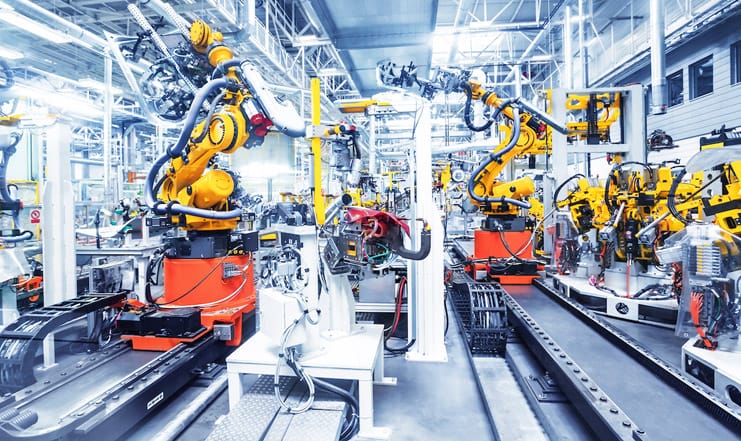In today’s fast-paced world, the prospect of moving can often feel overwhelming, laden with stress and logistical challenges. However, Orlando Express Movers offers a refreshing solution, revolutionizing the way individuals and families approach relocation. With a commitment to providing hassle-free moving services, this reputable company stands out in the crowded moving industry by prioritizing customer satisfaction and operational efficiency. Whether you are relocating across town or embarking on a long-distance journey, Orlando Express Movers ensures a seamless experience from start to finish. Their comprehensive range of services, which includes packing, loading, and transportation, is tailored to meet the unique needs of each client. Utilizing a team of skilled professionals equipped with the latest tools and techniques, they handle every aspect of the moving process with precision and care. This article invites you to explore Orlando Express Movers’ offerings, highlighting how their dedication to excellence and customer-centric approach can transform your moving experience into a stress-free endeavor. By choosing Orlando Express Movers, you can focus on what truly matters—settling into your new home—while leaving the complexities of the move in capable hands.
– Discover Reliable Services at orlandoexpressmovers.com
Orlando Express Movers offers a comprehensive range of moving services designed to ensure a seamless transition for individuals and families alike. With a strong commitment to professionalism and customer satisfaction, the team at orlandoexpressmovers.com employs experienced movers who understand the intricacies of both local and long-distance relocations. Their expertise extends to packing and unpacking, loading and unloading, and specialty moving services, catering to diverse needs and preferences.
Clients can expect transparent pricing and customized solutions that align with their specific requirements. By leveraging modern equipment and efficient logistics, orlandoexpressmovers.com prioritizes the safety and security of your belongings throughout the moving process. Whether you are moving across town or to a different state, the reliable services provided by Orlando Express Movers ensure a stress-free experience from start to finish.
– Streamline Your Move with orlandoexpressmovers.com
Navigating the complexities of a move can be daunting, but orlandoexpressmovers.com simplifies the process, allowing clients to focus on settling into their new environment. With a user-friendly interface, customers can easily access comprehensive information about services, receive quotes, and schedule their moves online. This level of convenience is complemented by a dedicated support team available to answer questions and offer assistance at every step, reinforcing a commitment to making the moving experience as efficient as possible.
Additionally, orlandoexpressmovers.com takes pride in its attention to detail and proactive communication, ensuring that clients are informed throughout the entire moving process. By employing a systematic approach to logistics and utilizing state-of-the-art equipment, the company minimizes potential disruptions while maximizing efficiency. This focus on streamlining operations allows for a smoother transition, ultimately saving time and reducing stress for those embarking on their next adventure.
– Experience Stress-Free Relocation via orlandoexpressmovers.com
orlandoexpressmovers.com is dedicated to providing a seamless relocation experience, addressing common concerns associated with moving. The company understands that every move is unique, which is why they offer customizable solutions tailored to meet individual needs. From residential to commercial moves, clients can choose from a range of services, including packing, loading, and transportation that ensures every item is handled with care.
The expertise of the team at orlandoexpressmovers.com further enhances the moving experience, as trained professionals apply best practices to safeguard belongings. Clients can take comfort in knowing that their possessions are in capable hands, thanks to the company’s commitment to quality and safety. With transparent pricing and no hidden fees, orlandoexpressmovers.com empowers customers to make informed decisions, allowing for a stress-free relocation that prioritizes both convenience and satisfaction.
In conclusion, Orlando Express Movers stands out as a reliable partner for your moving needs, offering a seamless and hassle-free experience from start to finish. With their commitment to professionalism, a wide range of services, and a customer-centric approach, they ensure that every aspect of your move is handled with care and efficiency. Whether you are relocating across town or embarking on a long-distance journey, exploring the offerings at orlandoexpressmovers.com will undoubtedly provide you with the peace of mind and support necessary for a successful transition. Trusting Orlando Express Movers means investing in a stress-free moving experience that allows you to focus on what truly matters—settling into your new home.






